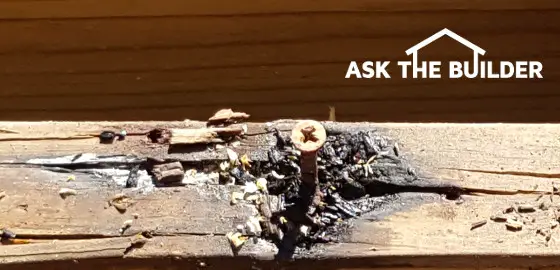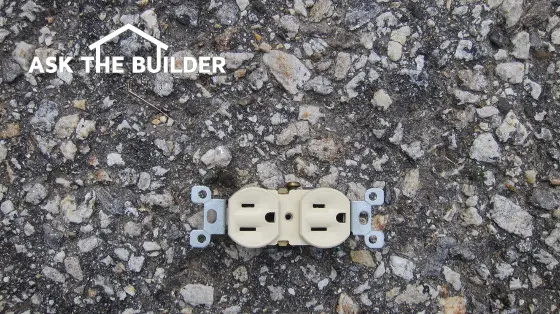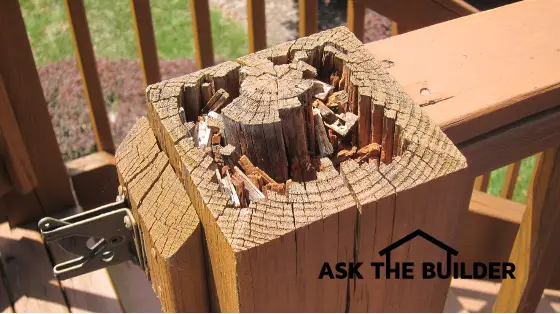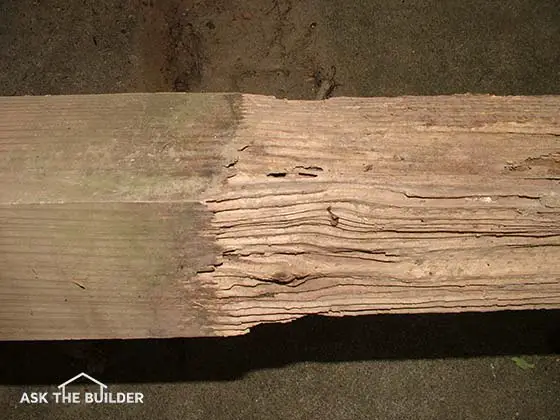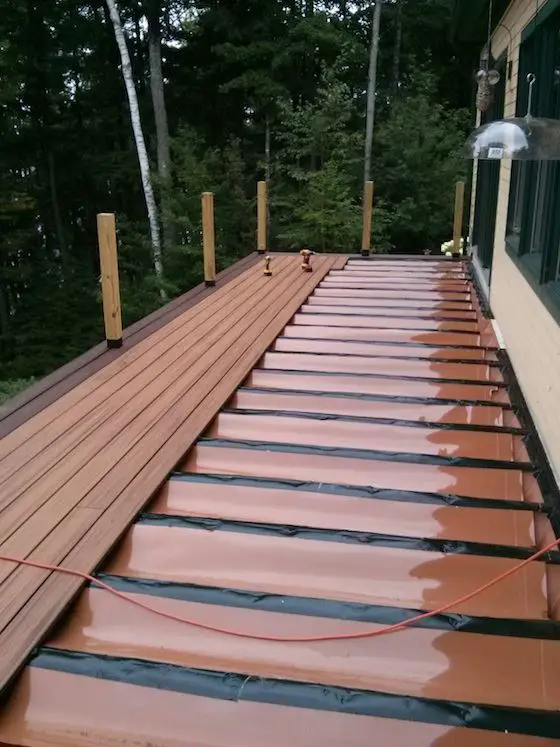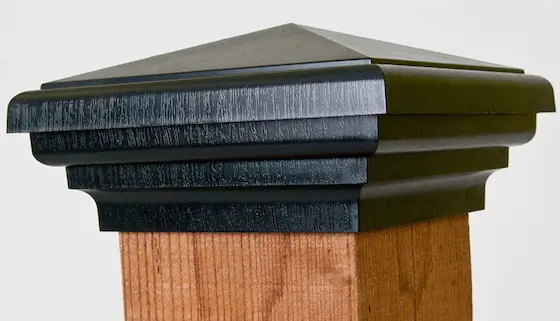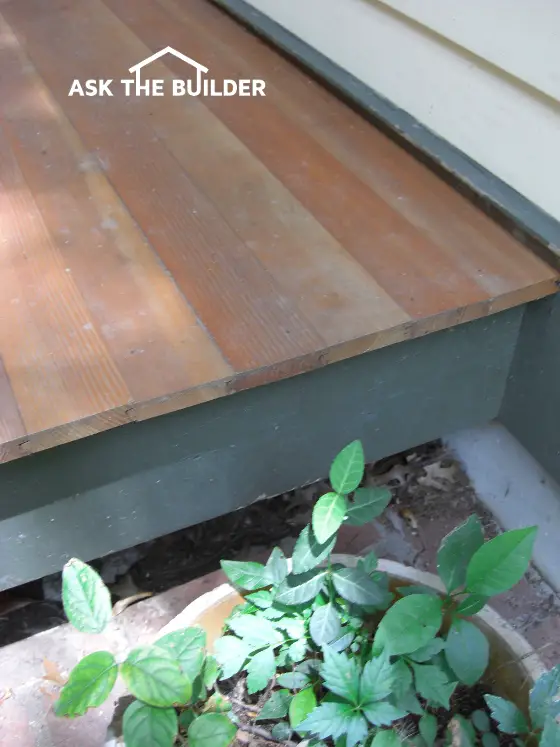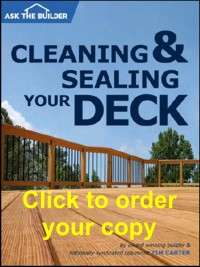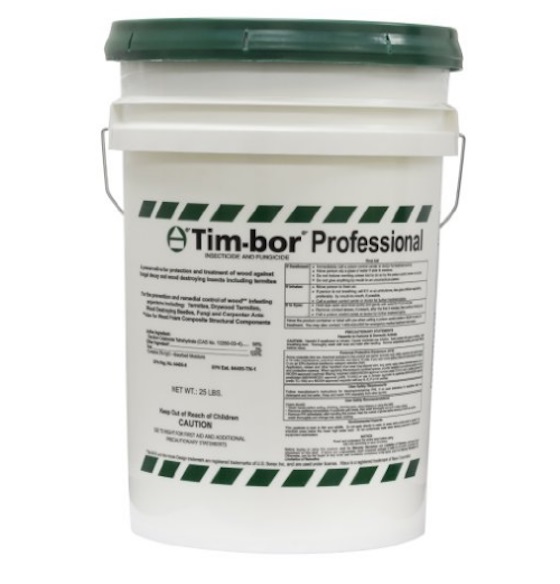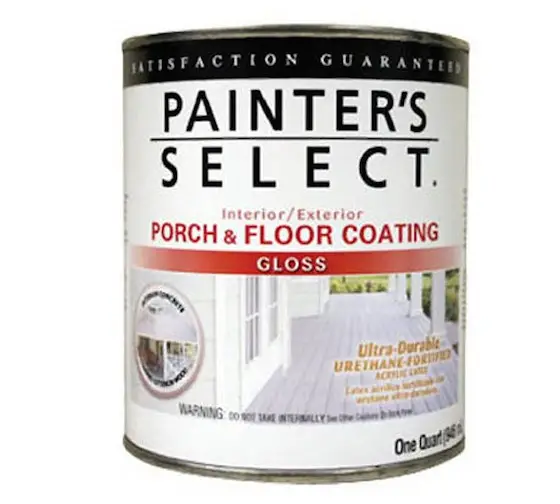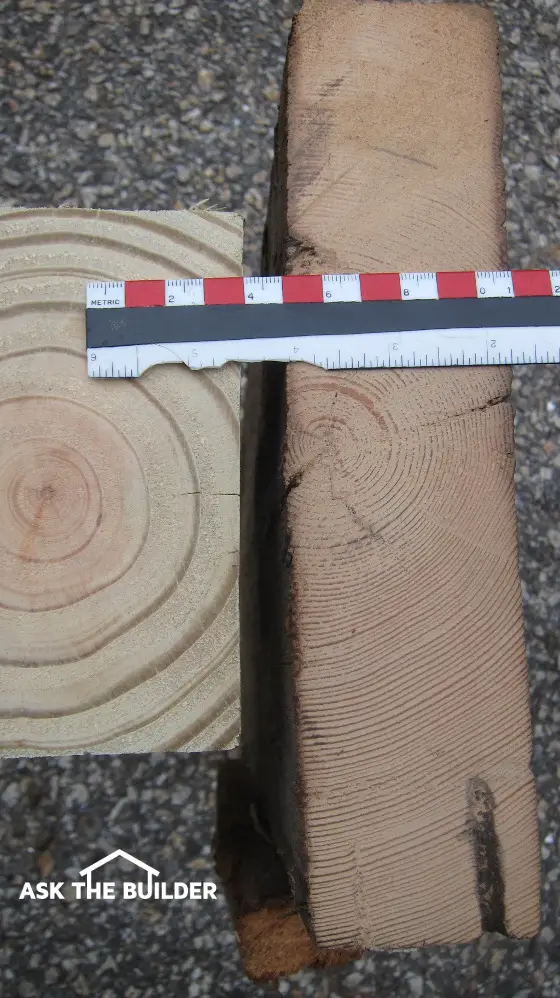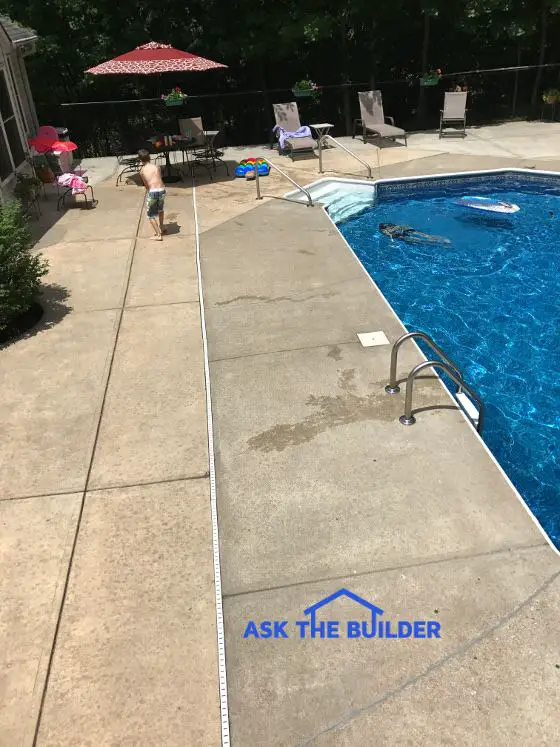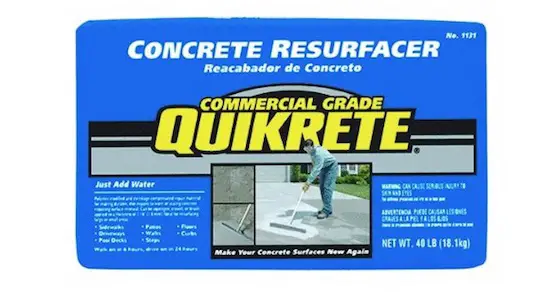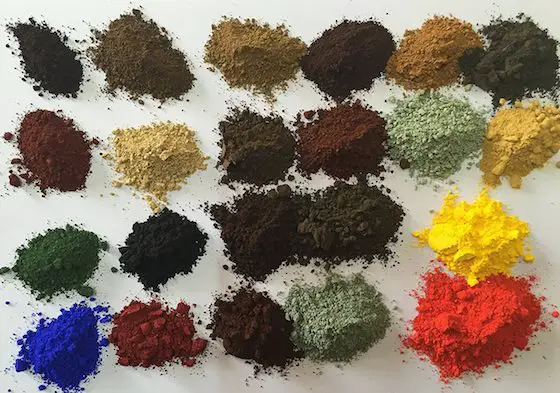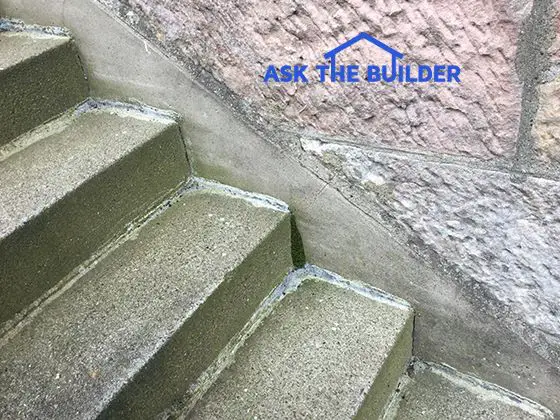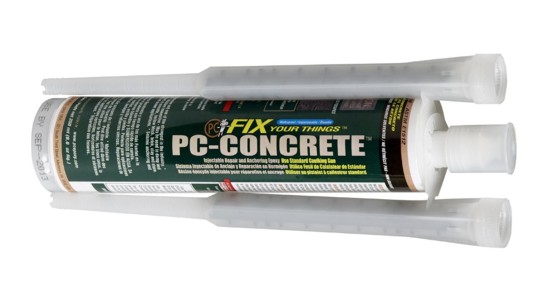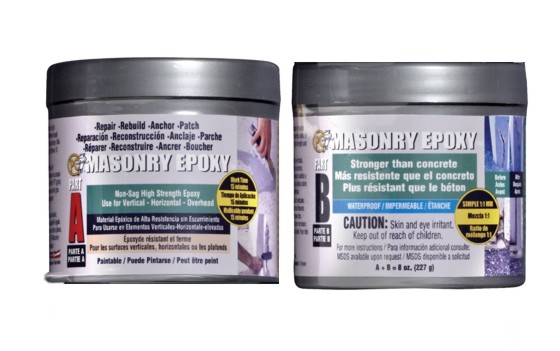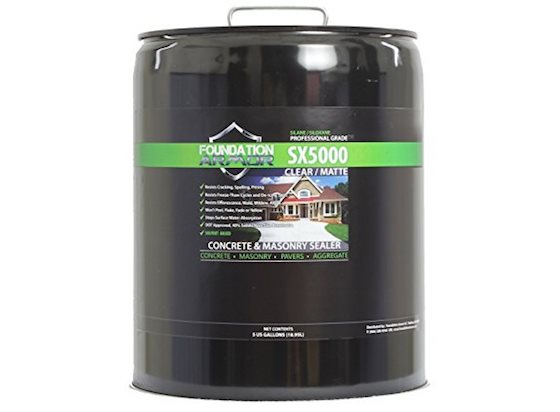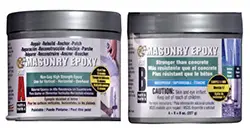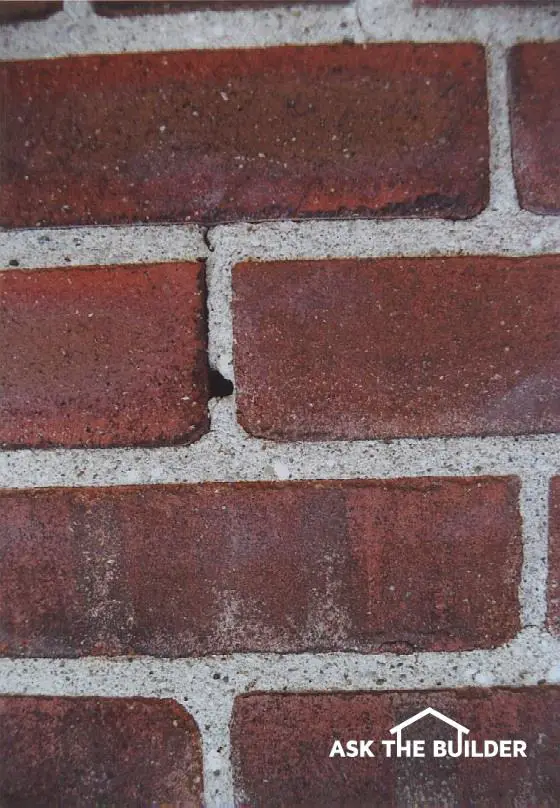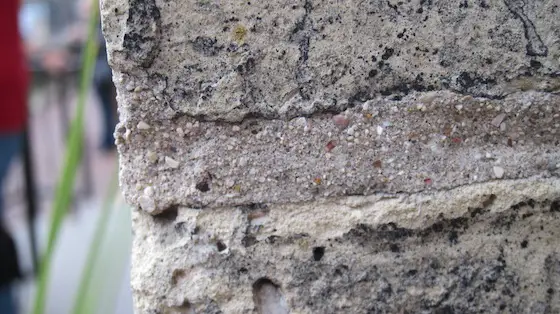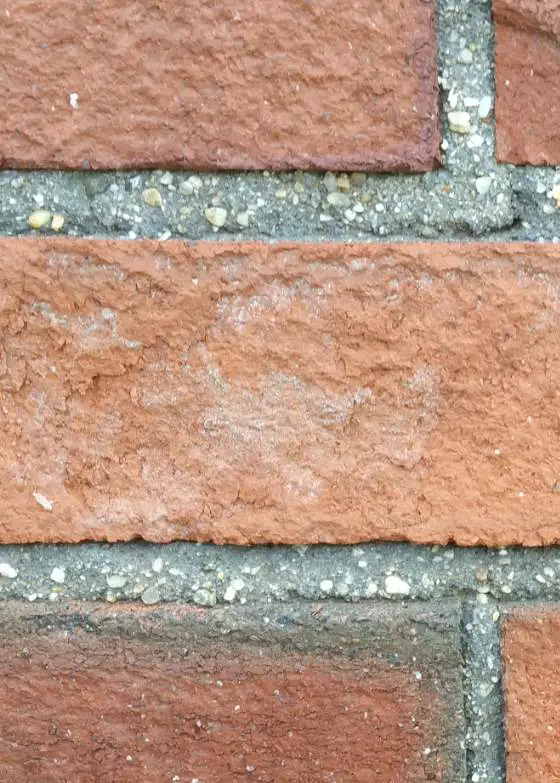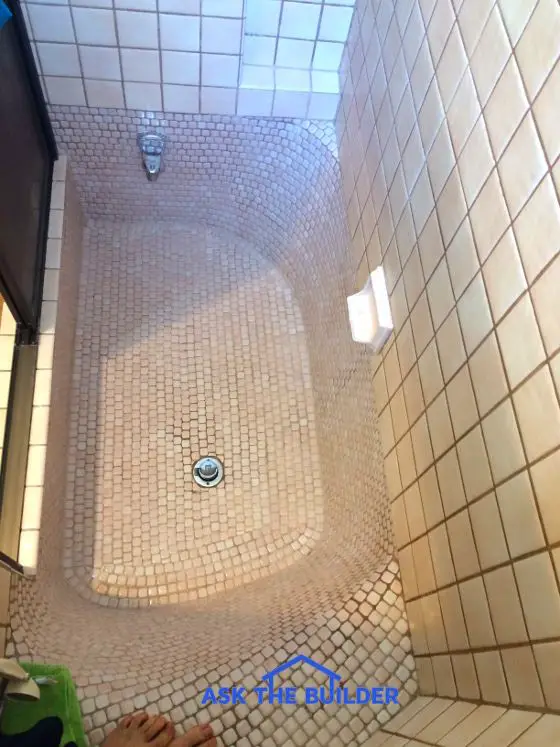
Here's the amazing sunken tub with the mosaic tile. You have no idea how hard it is to build one of these that looks this good! Copyright 2017 Tim Carter
Tub Tile Grout Repair TIPS
- Try to repair grout in valuable one-of-a-kind fixtures
- Deep clean grout first to get perfect color match
- WATCH step-by-step grouting videos below
- Use a vibrating multi-tool to remove old grout
- CLICK HERE to Get Tim's FREE & FUNNY Newsletter!
DEAR TIM: I’ve got a unique partially sunken tub and shower that’s got a mixture of different tiles. The tub is cast-in-place concrete and was hot-mopped with asphalt to prevent water leaks.
The grout between the mosaic tiles is eroding slowly but the wall tile grout is in very good condition. Is mold causing the tile grout to erode? Will the eroding grout cause leaks? Should I just demolish the tub and shower and start over or is it possible to repair the grout?
How do I stop the mold from growing in this gorgeous tub and shower area? Marie J., Santa Barbara, CA
DEAR MARIE: Oh my goodness! Thanks for the photos you sent in.
Sunken Tub Artwork
Your tub and shower is a work of art! By all means let’s do everything possible to restore it. I cringe at the thought of someone hitting that masterpiece with a sledge hammer to take it out!
Sunken tubs like yours are a dying craft. There are still master tile setters that can form one and then cover it with expert tile work, but each year there are fewer of these talented individuals. There’s a very good chance that your tub and shower could be a major reason someone buys your home in the future.
Free & Fast Bids
Consult Realtor Before Demolition
In certain areas of the nation, there are communities with period homes that are highly sought after. You can make this determination by talking with three of the top-performing realtors in your neighborhood. They’ll tell you what buyers are looking for. Always do this before you consider removing a specialty fixture from your home.
New Grout Is Tedious But Possible
If you’re not experiencing any leaks at this time, then the job is just going to be tedious. The good news is you can re-grout the mosaic tile and make it look brand new. Fortunately there are modern tools you can use that will allow you to get the job done much faster than what it took in the past.
Mold Is Not The Problem
Let’s talk about the grout deterioration first. Mold and mildew are not the cause of the erosion of the grout. The black organic growth is more a nuisance and a cosmetic blemish than anything else. It’s hard to say what’s causing the loss of grout as I don’t know when it started and how fast the deterioration progressed.
Sanded Grout Is Durable
The sanded grout that’s between your mosaic tub tiles is just a mixture of extremely hard fine silica sand and Portland cement. When mixed and finished properly this grout can last for many many decades with no deterioration. It’s possible the grout was defective from day one because a little too much water was used to mix it or the sponge used to smooth the grout joints was too wet.
The grout may have held up for many years but was ever so slowly eroding. When far too much water is used to mix the grout and finish it, the deterioration can happen in months, not years.
Your job is to install new grout in the areas where you see moderate to severe deterioration. The first step in the process is to deep clean the tile grout so you get as close a color match to the grout as possible. I say this assuming you’re not going to re-grout all the tile.
Deep Clean Grout Before Repair
Cleaning tile grout can be a multiple-step project because hard water deposits might be trapping dirt on both the tile and the grout. You remove hard water deposits using regular white vinegar. I prefer to lay paper towels on the lime deposits and saturate them with the white vinegar.
White vinegar is a mild acid and it chemically breaks down the alkaline hard water deposits. Allow the vinegar to work for hours before trying to scrub. It may take multiple applications of the vinegar to remove all the lime and dirt deposits.
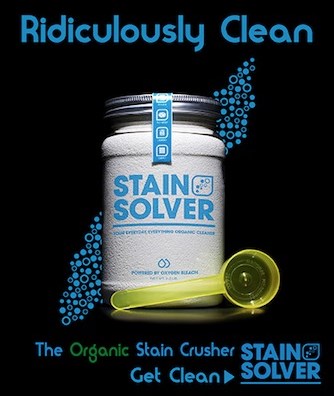
Stain Solver is MADE in the USA with USA ingredients that are food-grade quality. CLICK THE IMAGE to order some NOW.
Once this is done, deep clean the grout with Stain Solver. Stain Solver is a certified organic oxygen bleach that penetrates into sanded grout to remove body oils, dirt, mold, mildew, etc.
Stain Solver is a powder you mix with warm water. You saturate the grout with the solution once all the powder is dissolved in the water.
Millions of oxygen bubbles attack dirt, grime, oils, etc. There's no odor and your grout will look like new.
After the grout is clean and dry you can try to obtain a color match. The color of the new grout powder is what it will dry to when just using water to mix it. Don’t add andy milky additives as that can cause blotchy color issues in the new grout.
Use Vibrating Multi-tool To Remove Grout
You need to remove existing grout before you begin to re-grout. Remove a minimum of 1/8-inch of the grout in all areas where you plan to put in new grout. The best tool to use is a modern vibrating multitool that works much like a barber’s clippers.

Multitools are the only thing to use to remove grout. Just take your time. CLICK THE PHOTO to have this tool delivered to your home in days
There are different carbide-tipped blades you can put on the multitool that allow you to carefully remove the grout without damaging the tile.
Work slowly and vacuum up the old grout on a regular basis. Wear a high-performance dust mask to prevent inhaling any silica dust.
Install New Sanded Grout Videos
Watch these four videos to see how to achieve professional results when working with sanded floor or tub grout.
